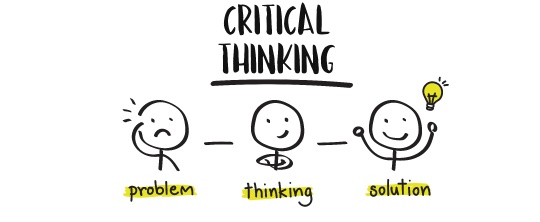I have started my career as account manager for Small and Medium Businesses at mobile service provider in Novosibirsk, Russia.
While I was reading the book New Sales memories of that period of my life started to appear in my head.
It was a time full of cold-calls, sales pitches and a lot of leg work. One time per week I visited random business center where 20-30 small businesses were operating. I was going door to door, knock and start a sales call with phrase below:
“Hello, my name is Roman Gorge from XYZ Company. With whom I can talk about you Internet and mobile connectivity needs?”
Sometimes I was asked to leave immediately, sometimes I was lucky to pitch my sales story and find a new customer. There were no PowerPoint slide decks, I even didn’t have a laptop in my bag – only printed materials, my business cards, pen and notepad.
I met all kinds of people during that time – entrepreneurs, IT guys, accounting and business owners. I will never forget this difficult but great experience.
The book New Sales. Simplified provides well structured guidance how to attract new customers. It covers all aspects of prospecting:
- How to build a sales story
- How to create finite list of prospects
- How to execute sales calls and meetings
Here is what I take with me from this book:
- What is sales-oriented culture and why it is important?
- Too many times I attended meetings where time was wasted for “Introduction” and “Company Overview” slides, but now I know how first-call deck should look like
- How to create sales power statement and use it as a tool for meetings, cold calls and emails
- Best practices for a sales call structure
I’m not in Sales today, but if I will one day, this book will be the first one I read again.
Total score – 5 out of 5.
Check out Reading List 2021. It has some great titles.
Subscribe to get more books reviews:
Processing…
Success! You're on the list.
Whoops! There was an error and we couldn't process your subscription. Please reload the page and try again.
